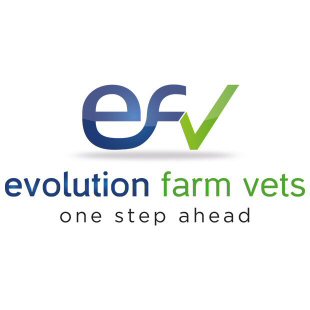Sole ulcers cause a lameness with a high level of pain. These are more costly to resolve than an average foot lesion, often requiring more than one corrective trimming. Sole ulcers are defined by their location which is in the midline of the sole, towards the heel. This is the site of the caudal aspect of the pedal bone (P3). An ulcer is the result of trauma and ischaemia at the site as a result of pressure from P3 on the corium. The risk factors all relate to increased likelihood of pinching of the corium by the caudal aspect of the pedal bone:
- laminitis, allowing increased rotation of the pedal bone
- slackening of ligaments around calving allowing increased movement of pedal bone
- overgrown toe, putting increased weight through the heel
- excessive standing
- heifers, which have less fat in the digital cushion (a structure which normally protects the horn-producing corium from impact of the pedal bone)
Clinical signs
Usually a severe lameness. On trimming the affected foot, the ulcer or a haemorrhage on the sole is obvious. There may be granulation tissue present protruding through the ulcer.
Treatment
The shape of the claw should be corrected, including dishing of the sole to reduce weight bearing on sole. Granulation tissue protrusion should be removed, as well as any underrun sole. A block should be applied to further reduce weight bearing. A dressing should NOT be applied. Antibiotics can be used if infection is suspected. Sole ulcers often remain a problem for a long time, requiring up to 10 weeks for the horn deficit to be reduced, and longer if the corium is badly damaged.
